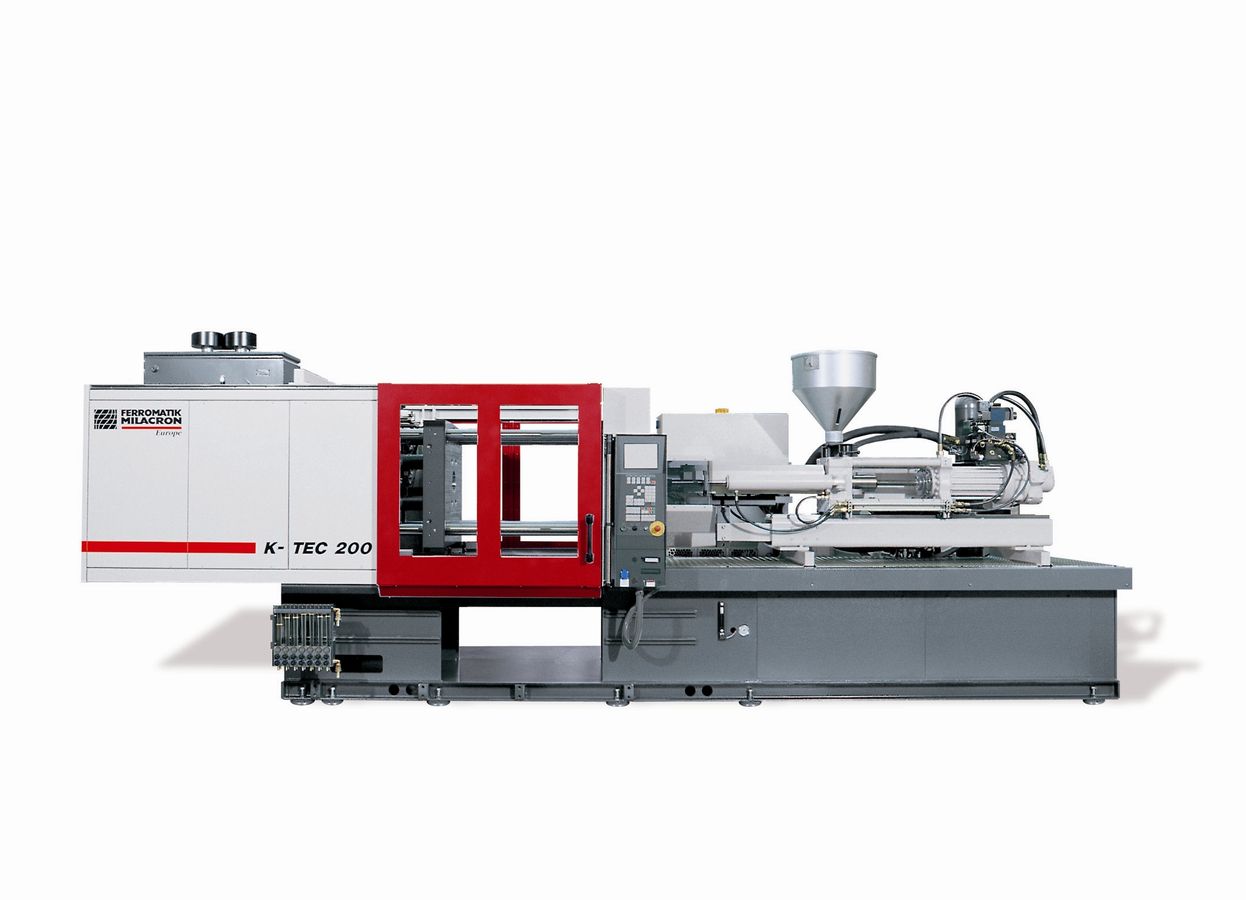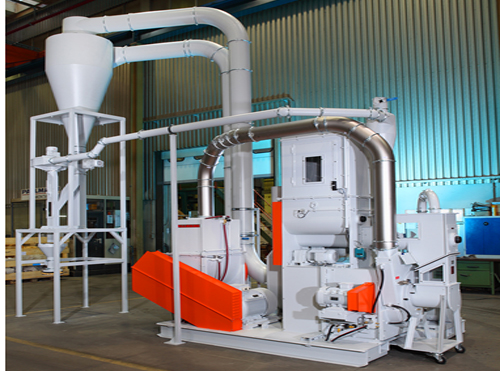Mill buyers in the United States paid slightly more for ferrous scrap in the November buying……

period than the month before, according to pricing survey data from the Raw Material Data Aggregation Service (RMDAS), compiled by Management Science Associates’ (MSA), Pittsburgh.
RMDAS figures for the first 20 days of November found No. 2 shredded scrap (shred with above .17 copper content) selling for an average of $361 per ton, up $19 per ton over the October average. (Click here to view the numbers for the month)
Prompt grades (new production scrap consisting of #1 busheling, #1 bundles and #1 factory bundles) gained just $3 per ton on average, moving to $393 per ton for a $32-per-ton average spread over shredded scrap.
No. 1 heavy melting steel (HMS) scrap, meanwhile, gained nearly $15 per ton in value during the November buying period, according to the RMDAS transaction figures.
Regionally, the biggest discrepancy was in No. 1 HMS pricing, with buyers in the South paying $324 per ton on average, while those in the North Central/East region (the New England states, Delaware, Indiana [minus its northwest corner], Kentucky, Maryland, Michigan, New Jersey, New York, northeastern North Carolina, Ohio, Pennsylvania, the eastern half of Virginia and West Virginia,) paid an average of $15 more per ton in November.
Recyclers who have been contacted point to steady domestic steel mill demand as part of the equation for the higher prices, but restrained supply remains the biggest factor, they say. One ferrous scrap buyer says manufacturers in the automotive and appliance segments are not reporting increased production (or, thus, scrap generation) and demolition activity also remains limited.
Regarding obsolete scrap, “There is a base flow, but the heavy flows don’t happen until that [scale] number hits the point that those sellers are looking for,” says a recycler in the Southeast. Auto salvage company owners and managers, in particular, have been holding onto their hulks until they hear a scale price that they like.
Looking toward the next buying period, the same Southeast recycler says supply restraints are pointing toward another slight rise in December prices, leading into the first quarter of the year—a time of year that traditionally brings further pricing strength.
Export buyers continue to play a role in the United States market, a factor that is unlikely to change as long as Asia’s steelmakers in particular remain productive.
According to the World Steel Association (Worldsteel), Brussels, steelmakers in October of 2010 churned out 118 million metric tons of steel. The figure marks a resurgence from the 111.7 million metric tons produced by the 66 nations reporting to Worldsteel in September.
The global steel mill capacity utilization rate bounced back to 75.4 percent in October from a weaker 74.8 percent figure the month before.
Production in the United States in the fall slipped back from its peak in the first half of 2010, but an uptick in production has been occurring in early November. Figures from the American Iron and Steel Institute (AISI) for the week ending Nov. 13 show domestic raw steel production at 1.66 million net tons for a capability utilization rate of 68.7 percent. That weekly production is up 2.9 percent from the previous week (ending Nov. 6, 2010). It also represents a 13.1 percent increase from the same period in 2009.
Adjusted year-to-date, domestic steel production through Nov. 13, 2010 was 77 million tons, at a capability utilization rate of 70.3 percent. That is a 42.2 percent increase from the 54.1 million tons during the same time span of 2009, when the capability utilization rate was 50.5 percent.
The Raw Material Data Aggregation Service (RMDAS) Ferrous Scrap Price Index is based on data gathered from a statistically significant compilation of verified ferrous scrap purchase transactions.
RMDAS is a service of Management Science Associates Inc. (MSA), Pittsburgh. Those seeking more information about RMDAS can contact MSA’s Jeralyn Brown at 724-265-6574 or via e-mail at [email protected].







